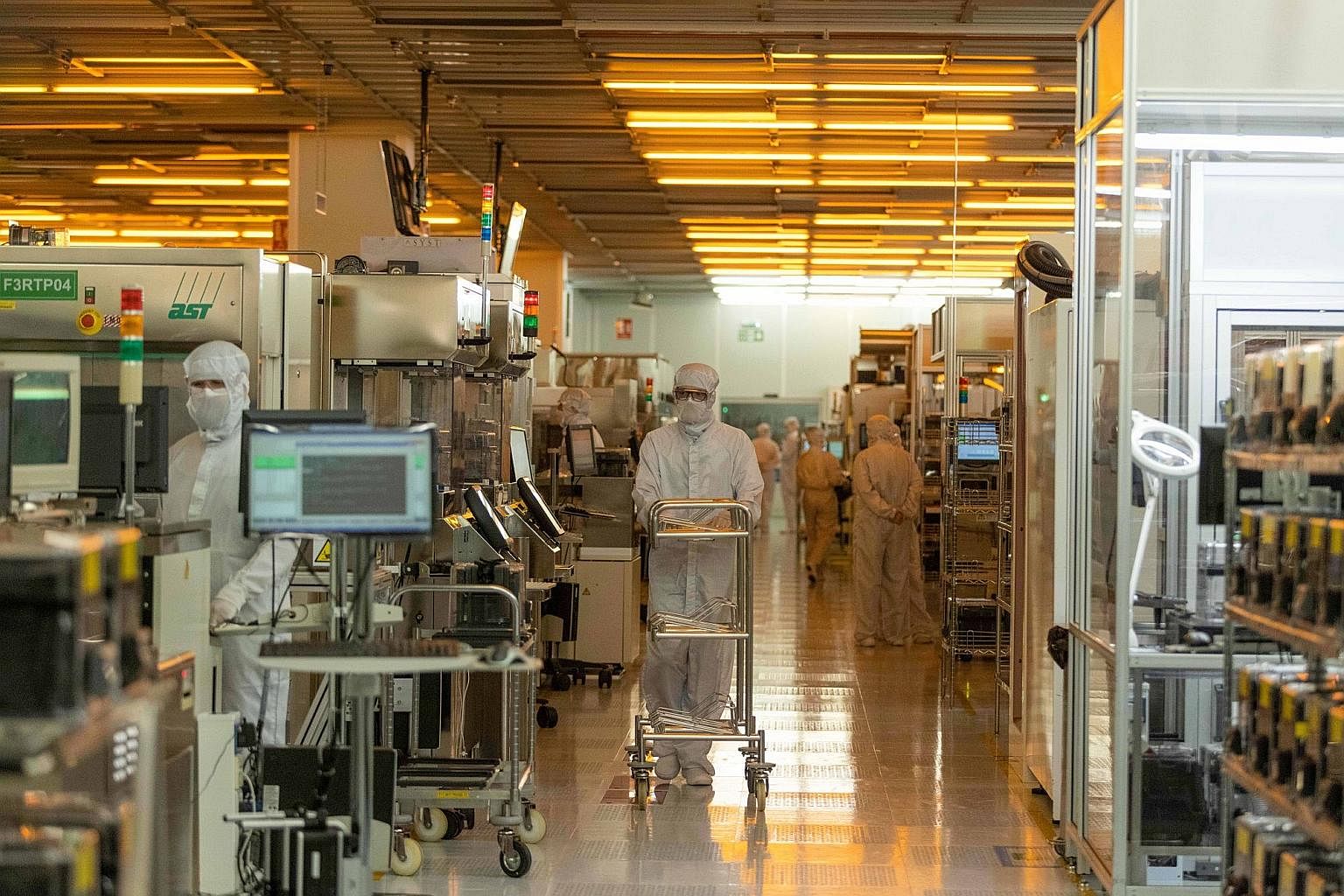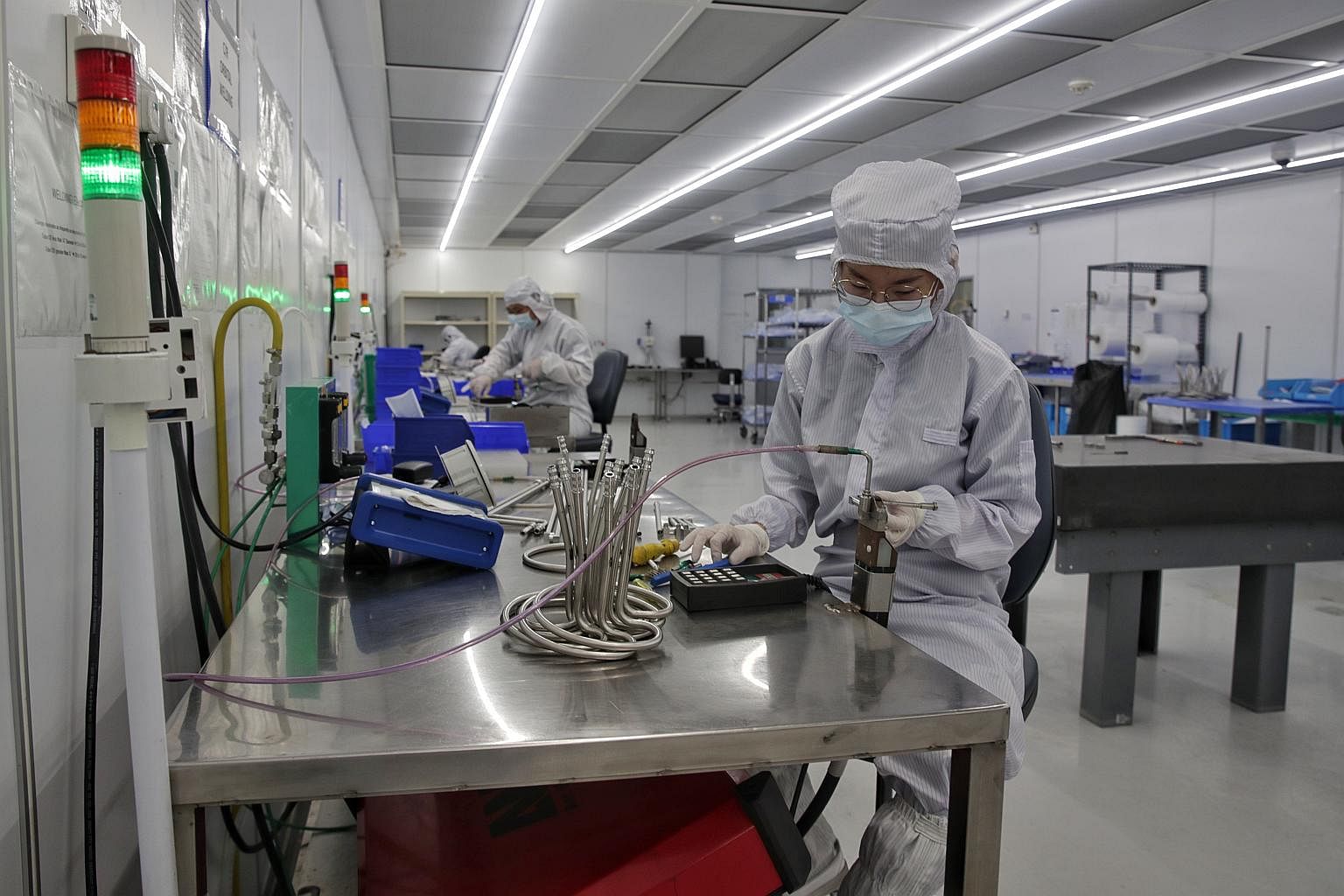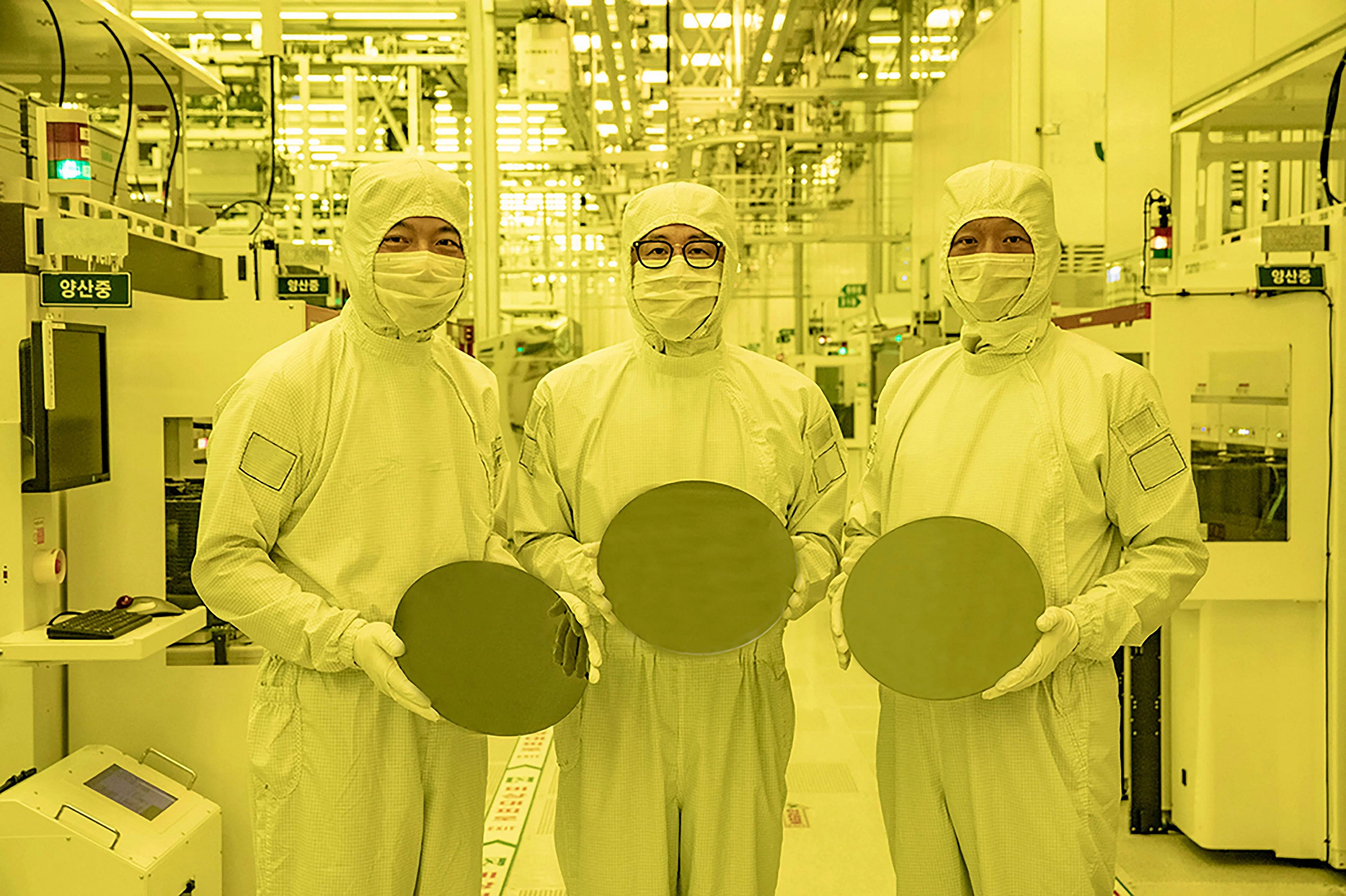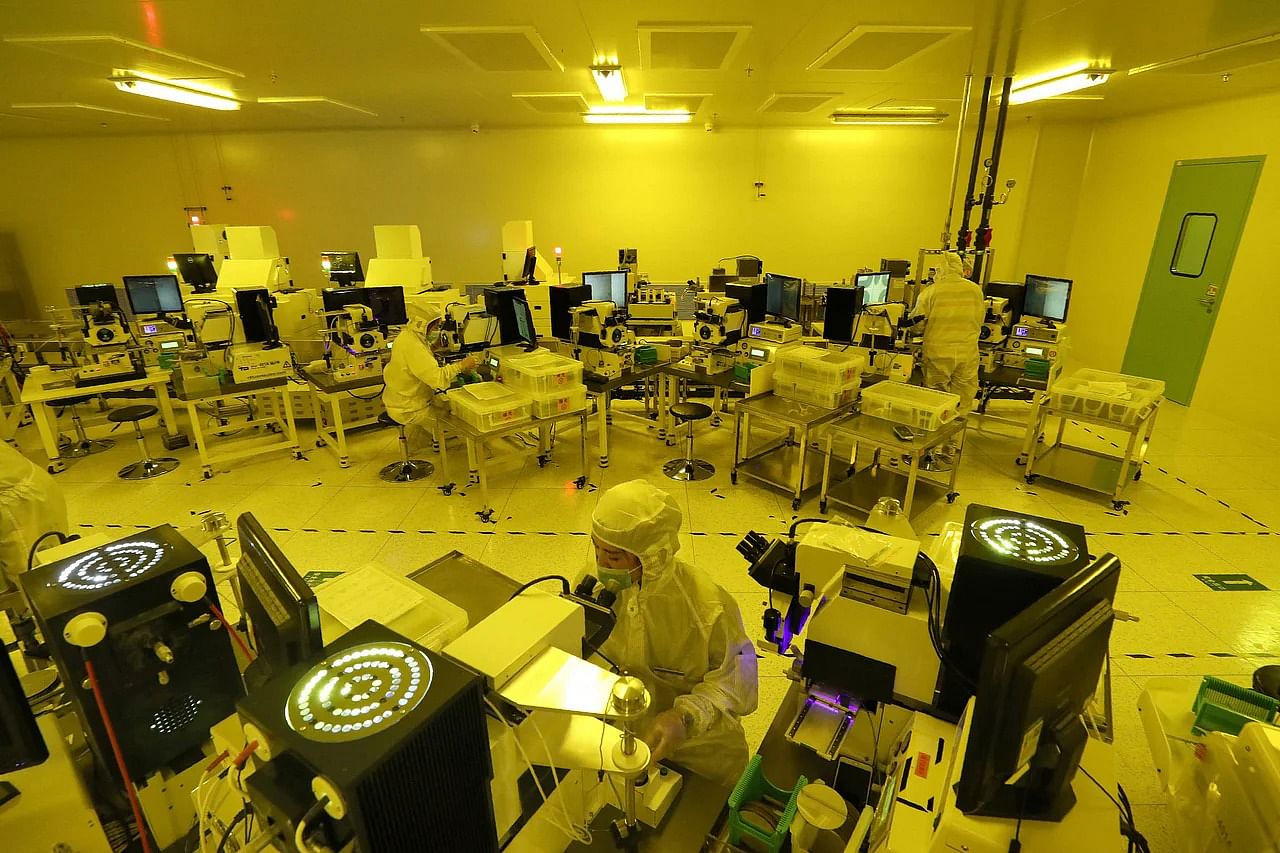While the chip crunch appears to be peaking, the demand for semiconductors is set to grow as these chips drive all things electronic that modern life increasingly depends on.
This and the geopolitics of semiconductors are impacting the industry in both South-east Asia and North-east Asia, throwing up new opportunities but also causing some headaches.
South-east Asia's rising semiconductor fortunes

The shift to remote working, the introduction of electric vehicles and a life increasingly lived online are driving the global economy's insatiable appetite for tiny computer chips upon which modern life rests.
As chip suppliers scramble to meet demand for ever smaller and ever more powerful transistors - a market expected to almost double to US$1 trillion (S$1.4 trillion) by the end of the decade - the future-facing industry must contend with a post-pandemic world of labour shortages, great-power rivalries and customers who want to produce the gadgets for themselves.
The US-China tech rivalry, in particular, can both be a boon and bane for countries in South-east Asia with a substantial chip sector. US efforts to curtail China's semiconductor industry has meant that firms in the industry are looking to expand outside of China.
Diverse capabilities, infrastructure help drive S'pore industry

As the world marches steadily towards a smarter, more mobile and connected future, Singapore as a semiconductor hub has kept in step, plugging itself higher up the value chain over the decades.
The Republic's semiconductor industry is one of the region's most diverse, having drawn global giants and an ecosystem of small and mid-sized firms up and downstream.
The semiconductor industry contributed almost 7 per cent of Singapore's gross domestic product last year, and is the backbone of electronics manufacturing output. Growing the electronics sector is part of the country's ambitions to expand its manufacturing sector by 50 per cent by 2030.
Japan, S. Korea seek to secure chips industry amid US-China rivalry

In the small town of Kikuyo, in Kyushu island's Kumamoto prefecture, change is coming.
The world's largest semiconductor manufacturer Taiwan Semiconductor Manufacturing Co (TSMC), encouraged by the Japanese government with subsidies worth up to 476 billion yen (S$4.8 billion), is building a US$8.6 billion (S$12 billion) plant with Japanese business partners.
It is expected to provide 1,700 jobs and boost the local economy by creating business opportunities when it starts operations in 2024.
US versus China: The race to hold all the chips

The recent slew of trade policy and legislative measures taken by the United States to curb China will hurt its biggest rival's chip-making industry, especially with the passing of the Chips and Science Act on July 28.
But the effects of the US manoeuvres may be short-lived, given the draw of China's vast demand for chips, which are used in anything from consumer electronics to military equipment, incentivising semiconductor companies to look for workarounds, analysts said.
A US$39 billion (S$55 billion) programme under the Chips Act will give American or foreign semiconductor manufacturing and research firms grants of up to US$3 billion per project to set up or expand their production facilities in the US. But a condition of the Act, which aims to boost US competitiveness in advanced manufacturing with a US$280 billion package, prohibits recipients of federal funds from expanding or upgrading their chip capacity in China.
